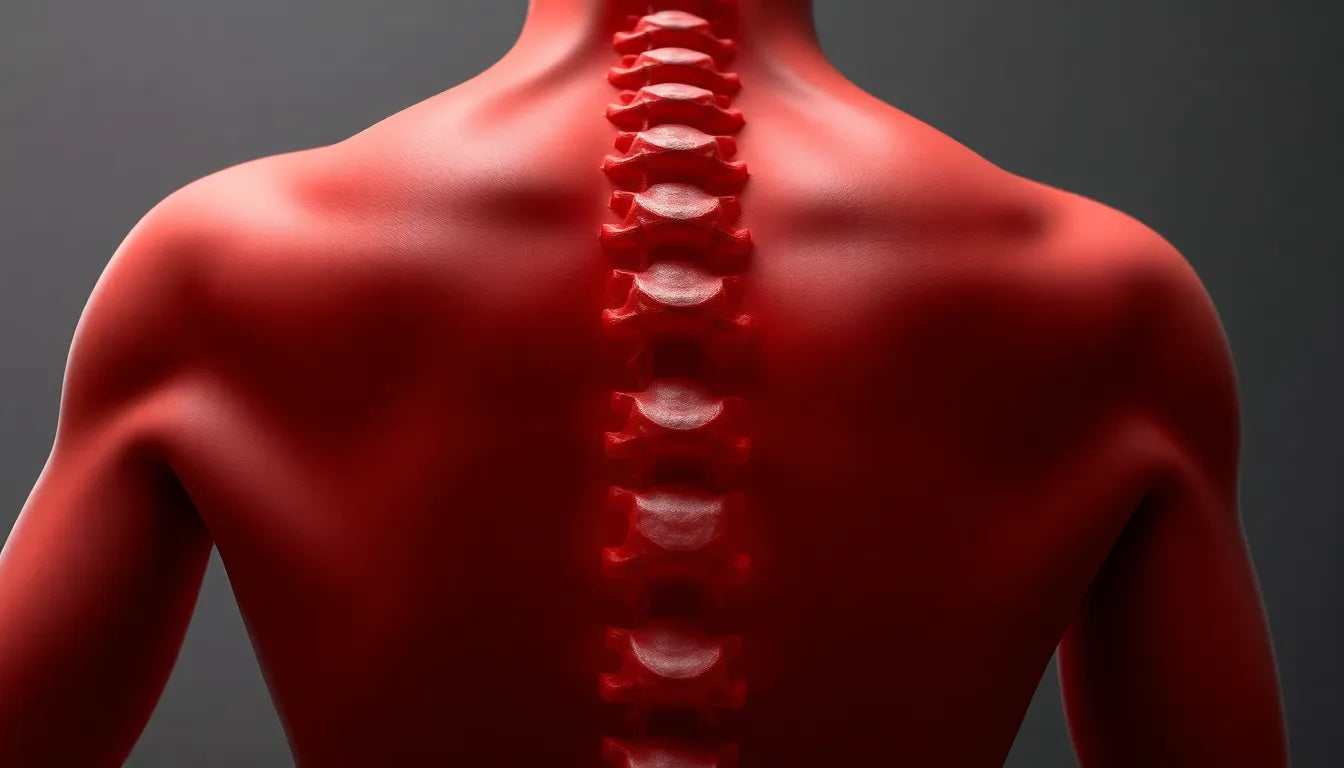In the realm of cleaning, the concept of ergonomics is gaining significant traction as a powerful tool for enhancing both health and efficiency. Whether in domestic settings or professional environments, ergonomics cleaning is increasingly recognized for its potential to transform cleaning routines. This approach not only prioritizes the well-being of those performing the tasks but also boosts operational effectiveness, making it an attractive option for anyone looking to refine their cleaning practices.
Cleaning tasks are often associated with physical strain and repetitive movements, which can lead to a range of issues, including musculoskeletal disorders (MSDs) and repetitive stress injuries. These are common problems faced by cleaning staff, affecting their health and productivity. Introducing ergonomic solutions into cleaning routines can significantly mitigate these challenges. By focusing on ergonomically designed tools and optimized techniques, individuals and organizations can reduce the risk of injuries and enhance overall performance.
the importance of ergonomic cleaning
Ergonomic cleaning practices are not just about using specially designed tools, but also about adopting workflows that minimize physical strain. By integrating ergonomic principles, cleaning tasks can be performed with less fatigue, leading to fewer injuries and increased productivity. This holistic approach ensures that every aspect of the cleaning process is considered, from the selection of tools to the execution of tasks.
One of the primary benefits of ergonomic cleaning is the reduction in workplace injuries. Ergonomically designed tools, such as adjustable mops and handles with improved grip, help in maintaining natural body postures, thereby reducing the strain on muscles and joints. This not only prevents injuries but also enhances the comfort and efficiency of cleaning staff, allowing them to work more effectively and with greater satisfaction.
Furthermore, ergonomic cleaning is about optimizing cleaning workflows to reduce unnecessary movements and improve efficiency. By streamlining processes and ensuring that tasks are performed in the most efficient manner, cleaning routines become more productive and less time-consuming. This focus on efficiency not only benefits the workers but also translates into significant operational advantages for businesses, including reduced absenteeism and improved quality of cleaning outcomes.
In conclusion, the integration of ergonomics into cleaning routines offers a dual advantage: safeguarding the health of cleaning staff and enhancing operational efficiency. By prioritizing ergonomic solutions, individuals and organizations can revolutionize their cleaning practices, leading to healthier workers and more effective cleaning operations. As the importance of ergonomics continues to grow, embracing these practices becomes essential for anyone looking to improve their cleaning routines.
workplace safety and injury prevention through ergonomic cleaning
Incorporating ergonomic cleaning tools into the workplace is a proactive step towards minimizing the risk of musculoskeletal disorders (MSDs) and repetitive stress injuries among cleaning staff. Ergonomic designs, such as adjustable mops and handles with enhanced grips, play a crucial role in maintaining natural body postures, which significantly reduces muscle and joint strain. For instance, the innovative design of the i-mop allows users to remain upright, reducing back strain and improving overall comfort during use. These tools are not only designed to prevent injuries but also to enhance the efficiency and effectiveness of cleaning tasks.
Statistics from various studies highlight the tangible benefits of ergonomic cleaning practices. Companies that have adopted ergonomic tools report a noticeable decrease in sick days and an improvement in staff retention rates. By reducing physical strain, employees are less likely to suffer from fatigue and injuries, leading to a healthier, more productive workforce. This focus on injury prevention not only benefits the employees but also contributes to a more stable and efficient operational environment.
enhancing employee engagement and productivity
Ergonomics in cleaning extends beyond injury prevention; it also plays a vital role in boosting employee morale and job satisfaction. When employees have access to tools that make their work less physically demanding, their overall job satisfaction increases. This is reflected in enhanced engagement and a more positive workplace atmosphere. Ergonomic tools have been shown to increase cleaning speed and effectiveness, with reports indicating up to 50% faster cleaning rates. This improvement in productivity not only benefits the employees but also has a positive impact on business operations, leading to reduced absenteeism and higher quality cleaning outcomes.
The broader impact of ergonomics on business operations is significant. A satisfied and engaged workforce is more likely to perform at higher levels, contributing to improved cleaning results. This, in turn, enhances the reputation of the business and can lead to increased client satisfaction. By prioritizing ergonomics, businesses can create a more positive and productive working environment, which is beneficial for both employees and the organization as a whole.
business and economic benefits of ergonomic cleaning
Investing in ergonomic cleaning practices offers substantial economic benefits for businesses. While the initial cost of ergonomic tools may be higher, the long-term savings from reduced workplace injuries and improved productivity often outweigh these expenses. By minimizing the risk of injuries, businesses can lower their insurance claims and reduce employee turnover, leading to significant cost savings over time. Additionally, the increased productivity resulting from ergonomic practices translates into more efficient operations and improved profitability.
Businesses that embrace ergonomic cleaning practices also benefit from enhanced employee retention. When employees feel valued and supported through the provision of ergonomic tools, they are more likely to remain with the company, reducing the costs associated with recruitment and training. This focus on employee well-being and efficiency creates a win-win situation, where both the employees and the business benefit from the adoption of ergonomic practices.
healthcare and infection control benefits
In healthcare settings, the benefits of ergonomic cleaning extend beyond employee well-being to include improved infection control. Ergonomic tools enable more effective cleaning techniques, ensuring that high hygiene standards are maintained. This is crucial in healthcare environments, where the risk of infection spread is a significant concern. By reducing physical strain, ergonomic tools allow staff to clean more thoroughly and efficiently, minimizing the risk of infection transmission.
Proper technique and training are essential components of effective ergonomic cleaning in healthcare settings. By equipping staff with the right tools and training, healthcare facilities can ensure that cleaning tasks are performed to the highest standards, protecting both staff and patients. This focus on infection control highlights the broader benefits of ergonomics, emphasizing its importance in maintaining a safe and healthy environment.
Transformative ergonomics: beyond the superficial
In the quest to revolutionize cleaning routines, distinguishing between transformative and superficial ergonomic changes is crucial. Genuine ergonomic improvements go beyond merely adding comfort features to existing tools. They involve a holistic rethinking of tasks and workflows, ensuring that every aspect of the cleaning process is optimized for health and efficiency. For instance, redesigning a cleaning routine to minimize repetitive movements or adopting tools that allow for more natural postures can significantly enhance both productivity and well-being.
Superficial changes might include adding a cushion to a handle without addressing the tool's overall design, which may still cause strain. True ergonomic transformation requires a comprehensive approach, considering the entire workflow and often necessitating a redesign of processes to fully realize the benefits of ergonomics cleaning.
Overcoming barriers to ergonomic adoption
Despite the clear benefits, several barriers can impede the adoption of ergonomic cleaning practices. One of the most significant obstacles is the perceived high cost of ergonomic tools. While these tools may have a higher upfront price, the long-term savings from reduced workplace injuries and increased productivity often outweigh the initial investment. Providing evidence of these savings, such as case studies or testimonials, can help justify the expenditure.
Another barrier is the lack of awareness or understanding of ergonomic benefits. Educating decision-makers and cleaning staff about the advantages of ergonomic practices can foster greater acceptance. Demonstrating how ergonomic tools lead to fewer injuries, lower absenteeism, and enhanced job satisfaction can be persuasive arguments for their adoption.
Conclusion: embrace ergonomics for a healthier, more efficient cleaning routine
Integrating ergonomics into cleaning routines offers substantial benefits, both from a health and business perspective. By reducing the risk of injuries and enhancing productivity, ergonomic practices create a safer and more efficient working environment. Businesses that prioritize ergonomics not only protect their employees but also enjoy significant economic advantages, such as reduced turnover and improved operational efficiency.
As the importance of ergonomics continues to grow, embracing these practices becomes essential for anyone looking to improve their cleaning routines. Whether in healthcare settings, commercial environments, or at home, the adoption of ergonomic solutions can lead to healthier workers and more effective cleaning operations.
Frequently Asked Questions
What are ergonomic cleaning tools?
Ergonomic cleaning tools are designed to minimize physical strain and improve efficiency. They typically feature adjustable handles, lightweight materials, and user-friendly designs to enhance comfort and reduce the risk of injury during cleaning tasks.
How can ergonomics reduce workplace injuries?
Ergonomics reduces workplace injuries by using tools and techniques that minimize awkward postures and repetitive movements. This approach significantly lowers the risk of musculoskeletal disorders and other injuries, promoting a healthier work environment.
Are ergonomic tools more expensive?
While ergonomic tools may have higher upfront costs, the long-term savings from reduced injuries and increased productivity often outweigh these initial expenses. Businesses can benefit economically from investing in ergonomic solutions.
Can ergonomic cleaning practices be applied in home settings?
Yes, ergonomic principles can be adapted for home use to make cleaning tasks easier and less physically demanding. Using ergonomic tools and techniques at home can lead to more efficient and comfortable cleaning routines.
How do ergonomic tools improve infection control in healthcare?
Ergonomic tools enhance infection control by enabling more effective cleaning techniques. By reducing physical strain, staff can clean more thoroughly and efficiently, maintaining high hygiene standards and reducing the risk of infection spread in healthcare settings.
Sources
- "Ergonomics in Cleaning: Beyond the Basics." Spaces4Learning.
- "Ergonomic Cleaning Tools for Productivity and Injury Prevention." Union Jack Tools.
- "Ergonomic Cleaning Case Study: Real-World Benefits." LVC UK.
- "Ergonomics in the Cleaning Industry: Economic and Engagement Benefits." CleanLink.
- "Reducing Infection Risk with Ergonomic Cleaning Tools." Rubbermaid Commercial.
- "Ergonomic Cleaning: Reducing Risk and Enhancing Safety." Tangram Insurance.
- "Ergonomics in Cleaning: Reducing Absenteeism and Improving Efficiency." Interclean.


















